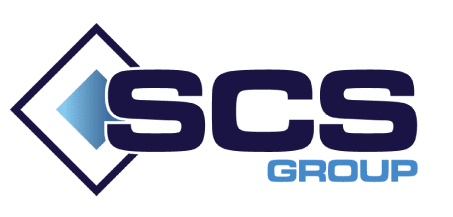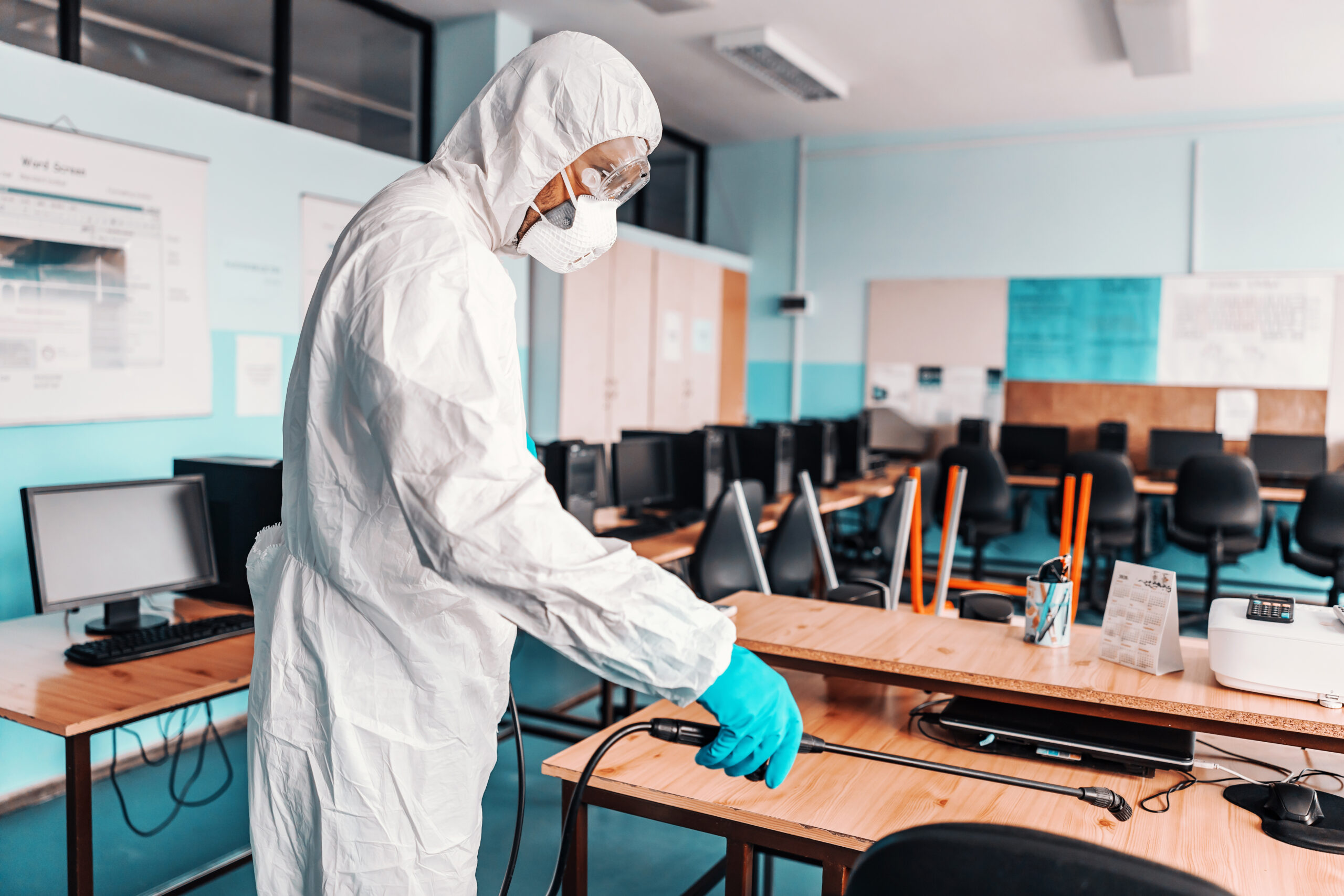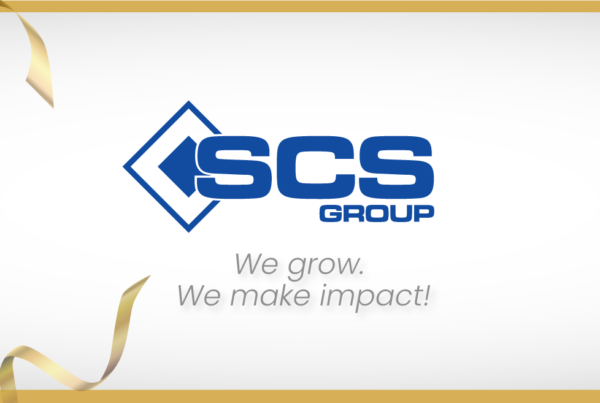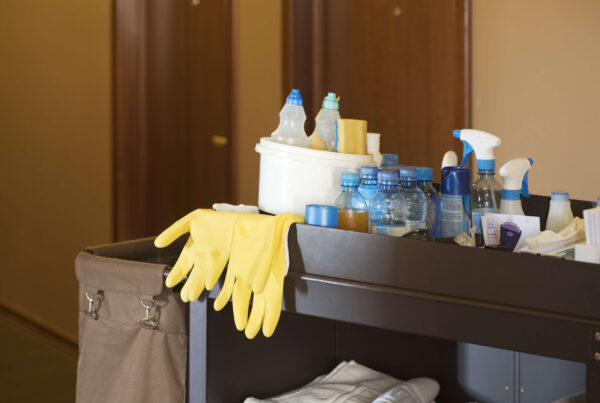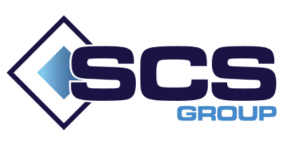Explore a comprehensive guide on how to choose, hire, and effectively manage school cleaning services. Learn about budgeting, vendor selection, school cleaning protocols, and evaluation methods to ensure a clean and safe learning environment for students and staff.
Introduction
Maintaining a clean and hygienic environment is essential for schools to provide a conducive learning atmosphere for students and a safe workplace for staff. However, managing cleaning tasks internally can be challenging and time-consuming. That’s where school cleaning services come into play. In this comprehensive guide, we’ll walk you through the process of selecting, hiring, and effectively managing school cleaning services, covering everything from budget considerations to evaluating the results.
Understanding the Importance of Clean Educational facility Facilities
Step 1: Assess Your Cleaning Needs
Creating a Positive Learning Environment: A positive learning environment encourages student engagement and collaboration. By fostering respect, open communication, and interactive teaching methods, students can thrive academically and personally.
Health and Safety Considerations: Prioritizing health and safety in schools involves maintaining clean and sanitized spaces. Adequate ventilation, regular educational facility cleaning cleaning routines, and clear safety protocols contribute to the well-being of students, staff, and the entire school community.
Scope of School Cleaning: Determine the areas that require cleaning, such as classrooms, restrooms, common areas, and sports facilities.
Frequency: Decide how often you need school cleaning services – daily, weekly, or monthly.
Special Requirements: Identify any specific educational facility cleaning cleaning requirements, such as using eco-friendly products or addressing allergen concerns.
Customizing School Cleaning Plans: When it comes to maintaining cleanliness in schools, customizing cleaning plans is key. This involves tailoring cleaning services to meet the specific requirements of the school environment, ensuring a clean and conducive space for learning.
Tailoring Services to School Requirements:
Assessment: Begin by assessing the unique educational facility cleaning cleaning needs of the school. Consider factors such as the size of the facility, the number of students, and the types of spaces.
Frequency: Determine how often different areas need cleaning – classrooms, corridors, restrooms, common areas, etc.
High-Traffic Areas: Give special attention to high-traffic areas where cleanliness is crucial for health and safety.
Flexibility for Events and Special Situations:
- Events: Account for special events and gatherings when planning school cleaning services. Schedule deep cleaning before and after events.
- Seasonal Considerations: Adapt educational facility cleaning cleaning plans to seasonal changes, addressing issues like weather-related dirt and allergies.
- Health Concerns: Be prepared to implement additional school cleaning measures during flu seasons or health outbreaks.
Step 2: Establish an Educational facility Cleaning Cleaning Budget
Factors Affecting School Cleaning Costs:
- Facility Size: Larger spaces generally require more school cleaning resources, impacting labor and supply costs.
- Cleaning Frequency: The frequency of school cleaning – daily, weekly, or monthly – affects overall costs.
- Scope of Services: Different areas and surfaces have varying professional educational facility cleaning cleaning needs, affecting the time and resources required.
- Special Services: Additional services like deep cleaning or seasonal clean-up contribute to budget considerations.
- Type of Facility: The type of facility (school, office, or healthcare) influences the complexity and requirements of professional educational facility cleaning .
Balancing Quality and Affordability:
- Quality Standards: Prioritize maintaining a clean and hygienic environment to support health and well-being.
- Cost-Efficiency: Identify areas where costs can be minimized without compromising on quality.
- Vendor Negotiation: Engage with educational facility cleaning providers to negotiate competitive rates while ensuring reliable services.
- Resource Allocation: Allocate resources strategically to areas that require frequent cleaning and those with high foot traffic.
- Long-Term Planning: Consider the long-term benefits of investing in preventive measures to reduce cleaning and maintenance costs.
Regular Evaluation:
- Review Performance: Regularly assess the effectiveness of the educational facility cleaning cleaning program and adjust the budget as needed.
- Feedback Utilization: Utilize feedback from cleaning staff, occupants, and visitors to refine the cleaning budget.
Flexibility:
- Emergency Reserves: Set aside a portion of the budget for unexpected educational facility cleaning cleaning needs or urgent situations.
- Seasonal Adjustments: Adjust the budget to account for seasonal challenges and varying cleaning requirements.
By carefully considering factors affecting cleaning costs, prioritizing quality while being mindful of affordability, and maintaining flexibility and regular evaluation, schools can establish a cleaning budget that ensures a clean and well-maintained environment without overspending.
Allocate Funds: Allocate a portion of your school’s budget to school cleaning services. Consider factors such as the size of your facility and the level of professional cleaning required.
Request Quotes: Obtain quotes from multiple commercial cleaning companies to compare prices and services offered.
Step 3: Research For School Cleaning Service Provider Selection
Choosing the Right Commercial Cleaning Company: Selecting a suitable Professional cleaning company requires thorough research and assessment. This involves researching potential providers and evaluating their credentials and references to ensure you make an informed decision.
Reputation and Reviews: Research for educational facility cleaning companies online and read reviews from other educational institutions.
Credentials: Ensure that the commercial cleaning company is licensed, insured, and compliant with industry standards.
Customization: Choose a vendor that can tailor their services to meet your school’s specific needs.
Step 4: Discuss Educational Facility Cleaning Cleaning Protocols
Detailed School Cleaning Plan: Work with the School cleaning company to develop a detailed cleaning plan that outlines tasks, schedules, and responsibilities. A comprehensive cleaning plan is essential to maintaining a clean and hygienic environment. This detailed School cleaning plan outlines the specific tasks, areas, and schedules for effective School cleaning in various settings:
Health and Safety: When it comes to maintaining a clean and healthy environment, the choice of cleaning products and practices is crucial. This involves considering environmentally friendly options and recognizing the importance of safe and effective cleaning methods.
Step 5: Contracts and Agreements With School Cleaning Services
Establishing clear contract terms and agreements is essential when engaging with a commercial cleaning company. This involves defining service expectations, outlining responsibilities, and specifying deliverables to ensure a smooth and successful partnership.
- Clear Contracts: Draft a clear and comprehensive contract that outlines services, pricing, terms, and conditions.
- Flexibility: Include clauses that allow for adjustments to the cleaning plan or schedule as needed.
Step 6: Quality, Training and Supervision
Quality assurance: Play a pivotal role in maintaining consistent and high-quality school cleaning services. By implementing regular inspections and seeking feedback, schools can ensure that service standards are consistently met and exceeded.
Training: Ensure that professional cleaning staff receive proper training in school cleaning techniques, safety protocols, and communication.
Supervision: Maintain regular communication with the cleaning company’s supervisor to address any concerns or adjustments.
Step 7: Regular Evaluation
To maintain a high standard of cleanliness in educational institutions, regular evaluation is imperative. This involves conducting inspections and seeking feedback to monitor the performance of the commercial cleaning company and address any concerns. By consistently assessing the cleanliness of the school environment, we can create a conducive and hygienic space for students, staff, and teachers.
- Inspections: Conduct regular inspections to ensure that the commercial cleaning company is meeting the agreed-upon standards.
- Feedback: Encourage students, staff, and teachers to provide feedback on the cleanliness of the school.
Step 8: Open Communication
Maintaining open lines of communication with professional cleaning staff is essential for a successful school cleaning program. By encouraging transparency, addressing concerns, and valuing feedback, schools can ensure a productive and collaborative cleaning environment.
- Feedback Mechanisms: Establish a system for providing feedback to the commercial cleaning company and addressing any issues promptly.
- Communication Channels: Maintain open lines of communication between the school administration and the school cleaning company.
Step 9: Addressing Concerns
Complaint Resolution: Have a process in place to address and resolve any complaints or issues that arise.
Continuous Improvement: Collaborate with the commercial cleaning company to implement improvements based on feedback and changing needs.
Addressing School Cleaning Challenges : Maintaining cleanliness in schools presents unique challenges that require targeted solutions. By addressing high-traffic areas, special considerations, and seasonal clean-up needs, schools can effectively overcome these challenges and create a hygienic learning environment.
Step 10: Building a Long-Term Partnership with School Cleaning Service Providers
Establishing a strong and enduring partnership with cleaning providers goes beyond transactional arrangements. By nurturing a collaborative relationship and rewarding consistency and excellence, schools can ensure a sustainable and effective cleaning program.
- Nurturing a Collaborative Relationship : Building a strong and collaborative relationship is essential for achieving shared goals and mutual success. Whether in business, education, or any other endeavor, nurturing a collaborative relationship involves fostering open communication, trust, and a shared sense of purpose.
- Rewarding Consistency and Excellence: Building a strong and collaborative relationship is essential for achieving shared goals and mutual success. Whether in business, education, or any other endeavor, nurturing a collaborative relationship involves fostering open communication, trust, and a shared sense of purpose.
Partnering with SCS Group Integrated Services: Elevating School Cleaning Excellence
SCS Group Integrated Services:, a leading commercial cleaning company in Sydney specializing in school cleaning, can provide tailored solutions to ensure a pristine and hygienic educational environment.
In the pursuit of maintaining a clean, safe, and conducive learning environment, schools in Sydney are embracing a new era of commercial cleaning excellence through a strategic partnership with SCS Group Integrated Services.
Our Vision: Elevating School Cleaning Excellence At SCS Group Integrated Services, we envision a future where every school in Sydney benefits from the highest standards of cleanliness and hygiene. Our partnership aims to create environments that inspire learning, innovation, and growth.
